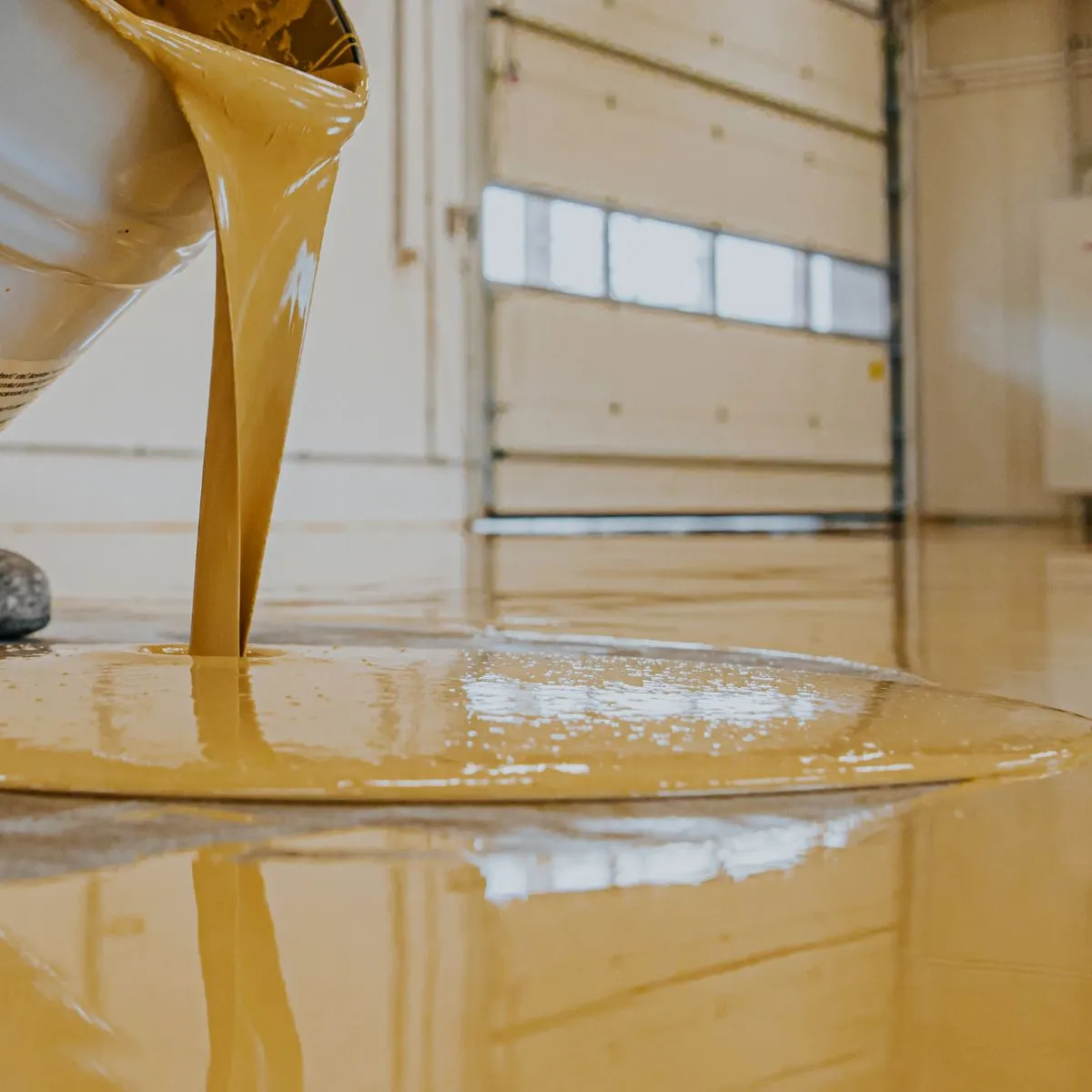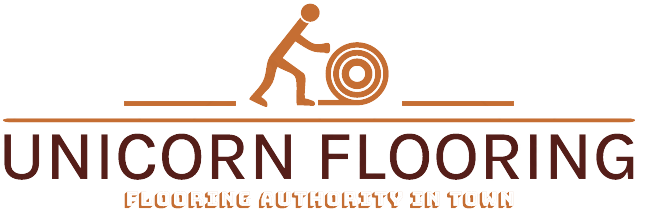Epoxy Flooring in Pakistan
Introduction
Epoxy flooring in Pakistan has become one of the most popular choices for industrial, commercial, and even residential spaces across Pakistan. From factories in Lahore and Karachi to showrooms in Islamabad and workshops in Faisalabad, epoxy’s durability, low maintenance, and modern finish make it a go-to solution. In this comprehensive guide I’ll walk you through what epoxy flooring is, why it’s a strong match for Pakistani conditions, the different types available, the installation process, realistic cost considerations, maintenance tips, common mistakes to avoid, and how to choose the right contractor. By the end you’ll have everything needed to decide whether epoxy is the right finish for your project.
What is epoxy flooring?
Epoxy flooring is a durable surface system made by mixing epoxy resin with a hardening agent (curing agent). Once combined, the chemical reaction forms a rigid plastic material that bonds very strongly to concrete. The cured surface is seamless, hard, and resistant to chemicals, abrasion, moisture and many mechanical stresses — which is why it’s widely used in warehouses, factories, garages, laboratories, commercial kitchens, showrooms and high-traffic public areas.
Epoxy systems can be a simple clear coat over existing concrete or elaborate multi-layer systems that include primers, base coats, decorative flakes, and a topcoat. The appearance ranges from glossy mirror-like finishes to slip-resistant textured surfaces.

Why epoxy flooring suits Pakistan?
Pakistan’s environment and industrial landscape make epoxy an especially good fit:
Harsh industrial Use
Manufacturing units, automotive workshops, textile plants, and food-processing facilities in Pakistan require floors that tolerate heavy machinery, chemical spills, and continuous foot and vehicle traffic. Epoxy is built for that.
Climate Resilience
Epoxy handles temperature fluctuations and, when installed correctly, provides moisture resistance — important in humid coastal cities like Karachi and in regions with monsoon-related dampness.
Hygiene and Cleanliness
The seamless nature of epoxy floors prevents dirt and bacteria buildup, making it a preferred choice for hospitals, clinics, food preparation areas and pharmacies.
Aesthetic Flexibility
Modern showrooms, corporate offices and retail spaces in Pakistani metros want visually appealing floors. Epoxy provides glossy, high-end finishes and a wide range of colors and decorative effects.
Low Maintenance
With busy operations and limited maintenance windows, businesses appreciate epoxy’s easy cleanability and low life-cycle cost compared to repairing traditional concrete or tiled floors.
Types of epoxy flooring
There are several epoxy flooring systems. Choosing the right one depends on the application, budget and aesthetic goals.
1. Epoxy Clear Topcoat
- Thin layer (single or multiple coats) applied over concrete.
- Protects from light wear and spills and enhances concrete’s look.
- Common in garages and light-use commercial spaces.
2. Solid Epoxy Coating (Pigmented)
- Opaque, colored epoxy used to create a uniform, glossy surface.
- Durable and chemical resistant; popular in showrooms and commercial kitchens.
3. Epoxy Flake System (Decorative)
- Broadcast decorative vinyl or acrylic flakes into a pigmented epoxy base then sealed with a clear topcoat.
- Hides imperfections and creates a textured, slip-resistant, decorative finish — popular for retail spaces and residential garages.
4. Epoxy Self-Leveling
- High-build, smooth system that evens out uneven concrete to produce a mirror-like finish.
- Ideal for showrooms and areas requiring a high-class appearance.
5. Epoxy Mortar System (Heavy Duty)
- Epoxy mixed with graded quartz or fillers to create a thick, extremely durable layer.
- Built for heavy-duty industrial floors exposed to impact and heavy machinery.
6. Anti-Static / Conductive Epoxy
Formulated to dissipate static electricity — used in electronics manufacturing, server rooms and laboratories.
7. Slip-Resistant Epoxy
Epoxy topcoats combined with grit (silica sand or flakes) to increase traction — useful in wet areas, ramps and kitchens.
Step-by-step installation (what to expect)
Professional installation typically follows these core steps. Skipping or rushing any of these can lead to early failures.
Assessment and Planning
Contractor inspects concrete condition, checks for moisture vapor emission, cracks, and surface contaminants. Good contractors will measure moisture and plan remedial steps if needed.
Surface Preparation
- The most critical stage. Methods include shot blasting, diamond grinding, or acid etching to remove old coatings, laitance and to profile the concrete for bonding.
- All oil, grease, paint and weak concrete must be removed.
Repair and Leveling
- Cracks, spalls and holes are repaired with epoxy fillers or cementitious repairs.
- For heavily uneven floors a self-leveling epoxy or epoxy mortar is used to level the substrate.
Primer Application
A primer coat improves adhesion and seals the substrate. Some systems use moisture-tolerant primers if needed.
Base Coat / Body Coat
Pigmented epoxy applied as the main wear layer. If using flakes, they are broadcast into this wet layer.
Broadcasting Decorative Flakes / Quartz
While base coat is wet, decorative flakes or colored quartz are spread and allowed to embed.
Scraping / Sanding (if using flakes)
After curing, excess flakes are scraped or ground down to a smooth profile.
Topcoat / Sealer
- A clear epoxy or polyurethane topcoat is applied for UV stability, chemical resistance, and to lock in decorative elements.
- Polyurethane topcoats are often used in areas exposed to UV or solvents (polyurethane resists yellowing).
Curing
The floor needs time to cure. Light foot traffic often possible within 24–48 hours; full chemical/vehicle load may require 7 days depending on the system and climate. (Cure times lengthen in colder conditions.)
Cost considerations (what affects price)
Exact prices in Pakistan vary by city, system selected, surface condition and project size, but here are the main cost drivers:
- Type of system: Decorative, self-leveling and heavy-duty epoxy mortar are more expensive than simple clear or pigmented coats.
- Surface preparation required: Heavily contaminated or damaged concrete raises costs because more labor and materials are needed.
- Thickness: Thicker systems and additional layers (primer, base, flakes, topcoat) increase cost.
- Area size: Larger areas often lower the rate per square foot due to economies of scale.
- Accessibility & logistics: Floors in cramped or high-traffic areas that require staged work may cost more.
- Finishing choices: Decorative flakes, metallic finishes, or anti-static formulations add to cost.
Rather than quoting a fixed number (which fluctuates), it’s best to request at least 3 local quotes and compare the scope of work — especially the details about surface prep and warranty. Ask contractors to break down material vs. labor and to provide references and photos of past projects.
Benefits of epoxy flooring — why businesses choose it
- Durability: Excellent wear and impact resistance; lasts longer than tiles or untreated concrete.
- Chemical resistance: Handles oils, fuels, solvents and many industrial chemicals with minimal damage.
- Seamless and hygienic: No joints or grout lines — reduces bacterial growth and makes cleaning faster.
- Aesthetic versatility: Wide color range, high gloss or matte, metallic effects, flakes and patterns.
- Low maintenance: Simple sweeping, mopping and occasional deep cleaning keep it in top shape.
- Cost-effective life-cycle: Though initial cost may be higher than tiles, lifecycle cost is lower because of reduced repairs and downtime.
- Safety: Can be made slip-resistant and can incorporate demarcation lines for safety and workflow.
Limitations and potential drawbacks
- Surface prep sensitivity: Poor prep leads to delamination — the most common cause of failure.
- UV sensitivity: Standard epoxy can yellow under strong sunlight. Use a UV-stable topcoat (polyurethane) outdoors.
- Moisture issues: If there is active moisture vapor from below the concrete slab, epoxies can fail. Moisture testing and mitigation are essential.
- Repair complexity: While durable, when a section is damaged it usually requires professional repair to blend perfectly.
- Initial cost: Upfront investment can be higher than simple tile or paint finishes.
Maintenance: keep your epoxy floor looking new
Routine care is straightforward:
- Daily: Sweep or dust-mop to remove grit and loose dirt that can abrade the surface.
- Weekly: Wet mop with a pH-neutral cleaner; avoid harsh acids or alkalis.
- Spills: Wipe chemical or oil spills promptly — epoxy resists many chemicals but faster cleanup extends life.
- Heavy stains: Use a soft scrub brush with neutral cleaner; avoid metal scouring pads.
- Periodic: Inspect for scratches or wear in high-traffic areas; recoat topcoat as recommended (every few years depending on traffic).
- Protective pads: Use pads under heavy equipment and furniture to reduce point-loading wear.
Common mistakes to avoid
Skipping proper surface preparation — this causes poor adhesion and delamination.
Installing over wet/contaminated concrete — always perform moisture testing.
Using inexperienced installers — epoxy application is technical; poor mixing or timing ruins the result.
Ignoring VOC and safety protocols — some formulations have high VOCs; ensure proper ventilation and PPE.
Choosing the wrong system for the environment — e.g., standard epoxy in high-UV exterior areas without topcoat.
Where epoxy flooring is commonly used in Pakistan?
- Industrial factories and warehouses — textile, pharmaceuticals, auto parts, food-processing.
- Automotive workshops and showrooms — durable, easy to clean, and visually attractive.
- Commercial kitchens and restaurants — hygienic, chemical- and heat-resistant surfaces.
- Hospitals and laboratories — seamless, sanitizable, and compatible with sterile environments.
- Retail showrooms — glossy finishes enhance product displays.
- Residential garages and basements — protective, decorative and low-maintenance.
- Educational institutions and malls — for durable, attractive public flooring.
How to choose the right contractor in Pakistan
- Experience & portfolio: Ask for photos and site references of completed projects similar to yours.
- Surface testing: A competent contractor will conduct moisture and bond tests before quoting.
- Transparent scope & warranty: Get a written scope that specifies surface prep, products, thickness, cure times and warranty coverage.
- Material brands: Reputable brands matter. Ask what resin/hardener brands they use and request technical data sheets (TDS).
- Safety practices: Verify they use appropriate PPE and ventilation during installation.
- Aftercare guidance: Good contractors provide maintenance instructions and availability for follow-ups.
Environmental & safety notes
- Choose low-VOC epoxy formulations when indoor air quality is a concern.
- Ensure installers use gloves, goggles and respirators where necessary.
- Proper disposal of mixing containers and leftover resin must follow local regulations.
Conclusion: Is epoxy flooring right for you?
Epoxy flooring in Pakistan is a high-performance solution that makes sense for many Pakistani applications — from industrial plants to retail spaces and residential garages. Its durability, hygiene, aesthetic flexibility and low maintenance make it a wise long-term investment if installed correctly. However, success hinges on sound surface preparation, the right epoxy system for the site, and a qualified contractor.
If you’re planning a floor upgrade, start with a professional site assessment, insist on moisture and adhesion testing, request a detailed proposal with product specifications and warranty, and compare at least three qualified contractors. When done right, epoxy flooring transforms problem floors into strong, beautiful and low-maintenance surfaces that stand up to Pakistan’s demands.
FAQ'S
With proper installation and maintenance, epoxy floors can last 7–20+ years depending on traffic, system type and environmental conditions.
Yes — epoxy protects concrete from oil, stains and wear, and decorative flakes make a garage look professional.
Technically yes, but not always recommended. Tiles must be securely bonded and well-prepared (grinding or priming). Often removing tiles and preparing concrete yields a superior result.
Small areas can be completed in 2–3 days (including prep and curing for light use). Larger or more complex systems may require several days to a week. Full chemical or heavy vehicle loading can take up to 7 days to cure.
Epoxy itself is brittle relative to some resilient floors. If the substrate moves or develops structural cracks, the epoxy can crack too. Structural repairs and filling cracks before application are essential.
Small DIY epoxy kits exist, but for commercial-grade performance — particularly in industrial settings — professional installation is strongly advised.
